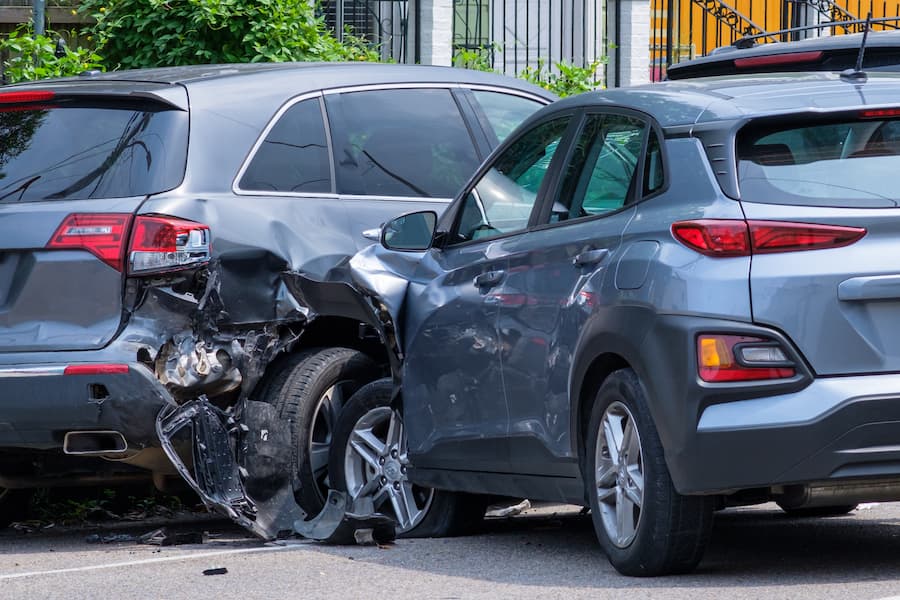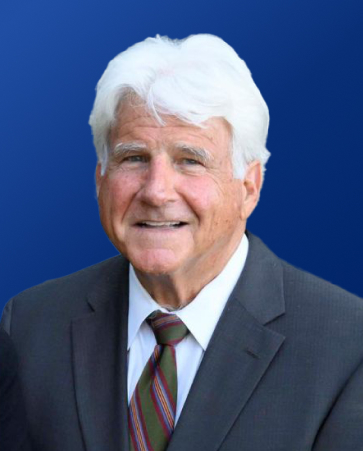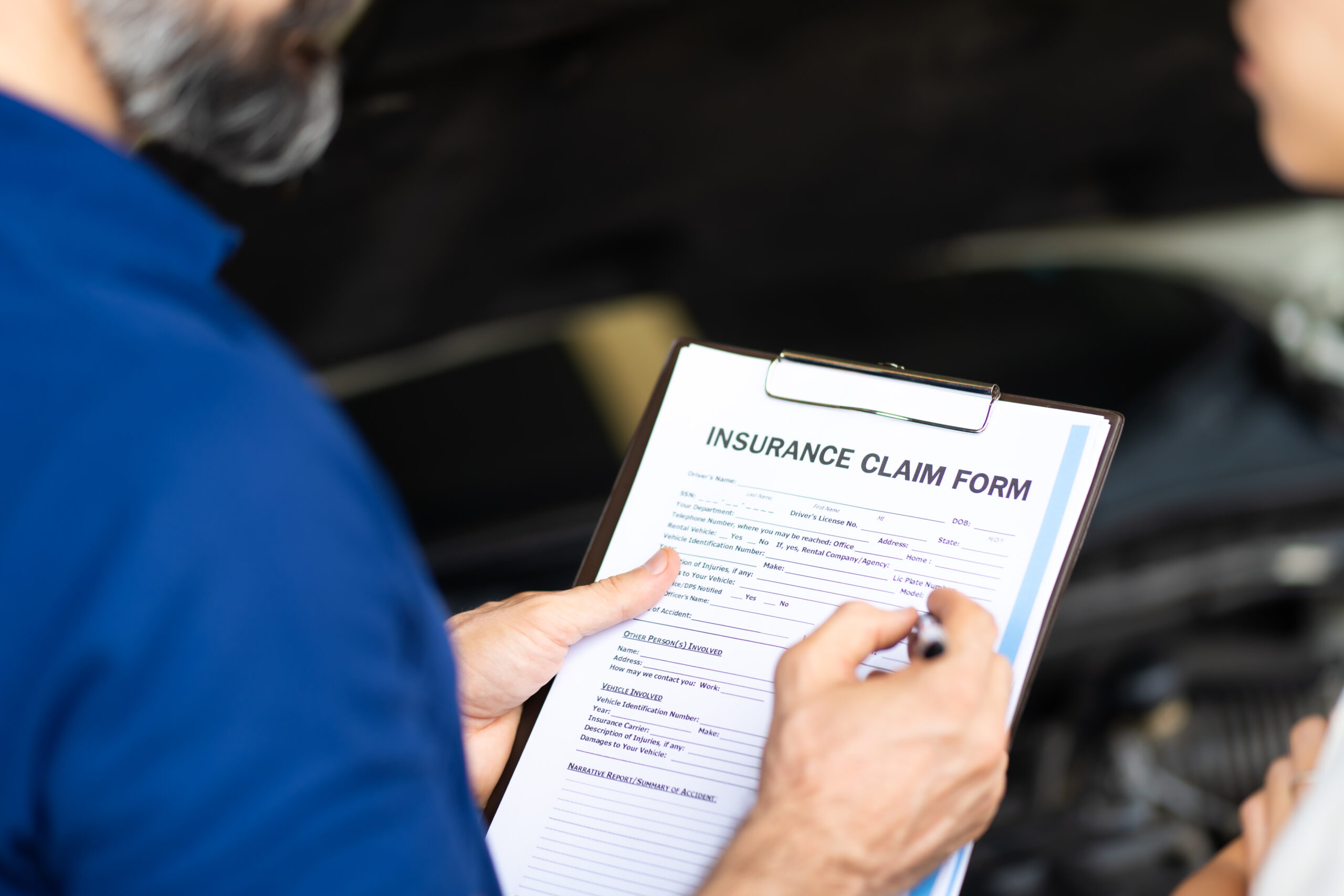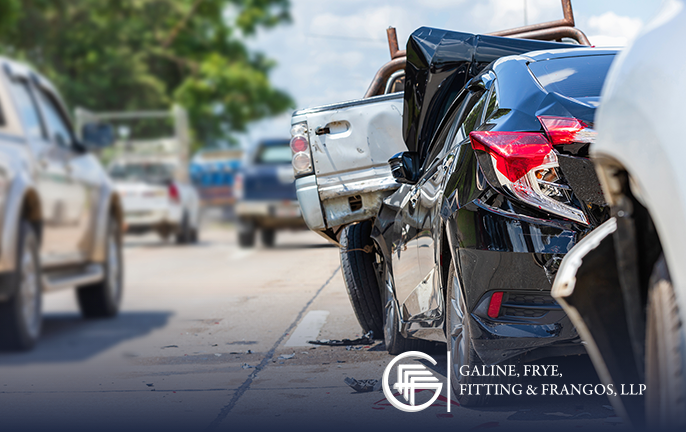One moment you are going about your commute and the next, you find yourself a victim of a sudden car accident. Rear-end collisions happen unexpectedly, and often, the victim doesn't see the accident coming. Getting hit from behind, whether at a traffic light, stop sign, or moving in traffic, can send a violent jolt through your vehicle and body with the potential to cause serious injuries. In this blog post, we'll review what to do when a car hits you from behind.
Rear-End Accidents Can Cause Significant Damage

Many may try to downplay the seriousness of a rear-end accident as merely a fender bender. However, the reality is that rear-end car accidents can have detrimental impacts and consequences for a victim. Rear-end collisions account for 36 percent of car accident fatalities annually, and many more victims suffer injuries. These injuries often require extensive medical treatment, resulting in steep medical bills and other expenses.
California is a fault state when it comes to car insurance claims. This means that the at-fault driver may be held liable for the medical bills and related damages of the accident victims. So, you would seek compensation from the other driver's insurance company.
Additionally, California is a pure comparative negligence state. That means that even if you were partly at fault for your injuries, you can still recover compensation. However, your compensation will be reduced by your percentage of fault.
Keep in mind that insurance companies may use this standard as leverage to reduce or deny your claim for financial compensation even if the accident was not your fault and entirely the fault of the other driver.
Knowing your rights as a car accident victim and what action is best for you to take after an accident can help set you up in the best possible position as you begin to file and work through the insurance claim process. You do not need to deal with the messy aftermath of a rear-end accident on your own. A personal injury attorney may be able to help you with your case.
Stay Vigilant of Warning Signs After a Car Accident
The chaos from a rear-end crash can make it difficult for victims to identify if they have injuries or feel unwell. In many instances, the adrenaline from the crash and the sense of panic to get to safety after a car accident can mask the symptoms of an injury.
Seek medical attention if you were rear-ended in a car accident, even if you are unsure of your injury status. However, even with a medical evaluation, certain developing conditions may not appear if it is soon after the accident.
You should remain aware of the warning signs of rear-end accident injuries that may develop or worsen after an accident. Although a laceration or external injury is visible from the moments following impact from another vehicle, other types of injuries can take time for a victim to begin to exhibit symptoms and feel the effects.
Some examples of common injuries that may develop more slowly or may not be noticeable immediately after a crash include traumatic brain injuries, neck and back injuries, or soft tissue injuries such as tears of tendons, ligaments, or muscles.
For example, if you recognize any symptoms of a possible injury or feel unwell, you must immediately get to a doctor or hospital for further evaluation and treatment. Ignoring the warning signs or putting off a visit to a medical provider can cause you permanent damage, lengthen your healing, and, in some cases, may endanger your life.
Warnings signs you should look out for following a rear-end crash are:
- Pain and swelling
- Discoloration of the skin
- Persistent or worsening headaches
- Sudden weakness or feeling of pins and needles
- Disorientation
- Difficulty concentrating
- Loss of coordination or motor functions
Continue All Recommended Medical Care and Treatment
Once you receive a medical evaluation and diagnosis for your injuries, you must follow the prescribed medical treatment plan. As you focus on your recovery and healing with rest, you should also make certain you take the step to complete follow-up appointments, keep your doctor in the loop of any changes relating to your health and injuries, and go to rehabilitation sessions if advised to do so.
Abiding by your treatment plan can help you reach the maximum recovery possible for your injuries. Although, unfortunately, not all victims will be able to make a full recovery, knowing what your maximum possible recovery is or could be in the future can help you as you file a claim seeking compensation for the damages you incur.
Contact a Personal Injury Attorney
You may feel confident about the outcome of an insurance claim if you are the victim of a rear-end crash and want to handle the claim yourself. However, this could be a mistake that may cost you compensation or end in a surprising outcome that is not to your benefit, such as a denial of the claim. Although in most instances of a rear-end crash, the driver that strikes another vehicle from the rear is often to blame, it is not a guarantee.
Other parties may be involved in the crash if the accident occurs because of a pileup or other extenuating factors that could affect your claim and ability to seek maximum compensation for your losses.
Contact a car accident attorney, especially in these circumstances and when injuries occur. A car accident lawyer can make a big difference in how the insurance company handles your claim and the amount of money you may be eligible for as part of a rear-end collision settlement.
Collect Evidence Relating to Your Car Accident
To prove fault and liability for a rear-end accident as the victim, you must provide evidence of fault and your damages. Gathering evidence can be a tedious process involving reviewing the accident, the events leading up to the crash, and determining the available evidence.
A car accident attorney can help you find and retrieve the evidence to prove your claim and case and identify available evidence you may have overlooked.
Additionally, a car accident lawyer will help you collect documentation and supporting evidence of your injuries and damages to calculate the maximum losses you may be eligible for under the law.
Examples of evidence that can help you during a rear-end insurance claim include:
- Police reports
- Videos or photographs of the accident and aftermath, including traffic cam footage or security camera footage, if available
- Witness testimony, including your own testimony, the testimony of other passengers, or bystanders to the crash
- Damage assessments and repair bills or estimates
- Medical records
- Employment records to show earnings and impacts to work from injuries
Keep a Journal to Note Your Personal Perspective and Notable Events
A helpful tactic that can benefit you as your rear-end accident claim progresses is creating a way to remember important details and recollections about the accident and your recovery. Accident claims may not always resolve quickly, and while you may think you will remember important aspects relating to the accident and your case, as more time passes, you may have trouble recalling particular aspects of the accident, the aftermath, and your injuries.
You can take written notes or video or audio journal important points that come up. You need to journal the events leading up to the crash, what happened after the crash, including anything another party may have said or done, and your personal experience during your recovery, including your pain levels, complications, or setbacks that occur.
How to Prove Fault in a Rear-End Crash?
As a rear-end crash victim, the law burdens you to prove who is at fault for the crash. Proving fault in a motor vehicle accident, including a rear-end accident, involves establishing negligence. Negligence of another driver in a rear-end collision may occur for different reasons.
The elements necessary to prove negligence and, in turn, the fault for a crash include:
- Establishing a duty of care
- Proving a breach by the defendant of the duty of care
- You must show that you suffered damages or injury in the crash
- You must prove that it is the defendant's breach of duty of care that caused the harm to you
Common examples of negligent driving actions of an at-fault party causing a rear-end crash may include:
- Driving while under the influence of drugs or alcohol
- Distracted driving
- Speeding
What Should You Be Cautious About After a Rear-End Crash?
The time after a rear-end crash but before you contact a car accident attorney can affect your claim or case. You should exercise caution as you go through this period because what you do can influence the insurance company's determination regarding whether to pay out a claim and the amount of compensation made available to you. As you think about what steps to take next and contact a car accident attorney for a consultation, you should keep these considerations in mind.
Any Quick Settlement Offer
As a victim in a rear-end crash, the insurance company, depending on the facts of the claim, may realize they are likely liable for your damages. To prevent the claim from getting out of a range they are comfortable with, an insurer can make a quick settlement offer with the hopes you will accept. Settlement offers that happen early in a claim should be an immediate red flag.
The offer is likely far below the amount of money you can pursue under the law with the help of an attorney. You may not know how much your damages are yet, and if you accept a settlement offer too early, you will not be able to revisit the matter and ask for more money if you realize it is not enough to cover your losses. Always talk to a lawyer about a car accident claim before you accept any settlement offers.
What You Say to Other Parties or the Insurance Company
Something that a victim may not think about after a crash is that what they say or do can also impact the claim, even if unintentionally. Whether an insurance representative catches you off guard or another driver attempts to make conversation while waiting at the accident scene, or messages you following the crash, watch what you say and what information you provide.
Aside from identifying information asked by the police at the scene or notifying your own insurer that an accident occurred, you should not engage in any conversation about the crash until you speak to your attorney. This should apply to the other party, the other insurance company, and even your own insurance company. In many instances, vehicle insurance companies make it simple to report a crash through an app or a quick phone call.
Do not dive into details about the accident, your injuries, or what you think occurred. Instead, only inform your insurer of the date, time, and location of the rear-end crash and the names of the parties involved. Then contact a car accident attorney who can handle the rest of the claims process for a rear-end crash.
What Damages Are Available to Victims of a Rear-End Collision?
As you face the monetary losses and injuries you suffer in a rear-end accident, you may want to know how much money the law may entitle you to.
An attorney can sort through the damages available and how they apply to your case. Although not every case may have all types of damages, your lawyer can work meticulously through the damage calculations to ensure you account for all your losses to include in your claim.
The damage determination or estimate your attorney prepares does not guarantee you will receive that amount, but it can help you negotiate the best possible resolution.
Rear-end car accident damages may include:
- Medical expenses
- Income loss
- Pain and suffering
- Damage to property
Contact a Lawyer You Can Trust for Your Car Accident Case

If you or a loved one suffered injuries in a rear-end accident, you don't have to face the legal complexities and challenges on your own. The experienced attorneys at Galine, Frye, Fitting & Frangos are here to provide the guidance and unwavering support you need to pursue your claim and seek the compensation you deserve.
Our team is dedicated to fighting for your rights and ensuring that you receive fair compensation for your injuries and losses. Contact us today at (650) 547-8141 for a free consultation and take the first step toward securing your future. Your recovery matters, and we're here to help you every step of the way.


